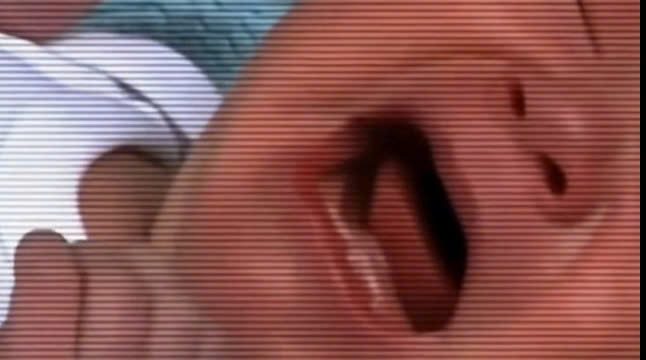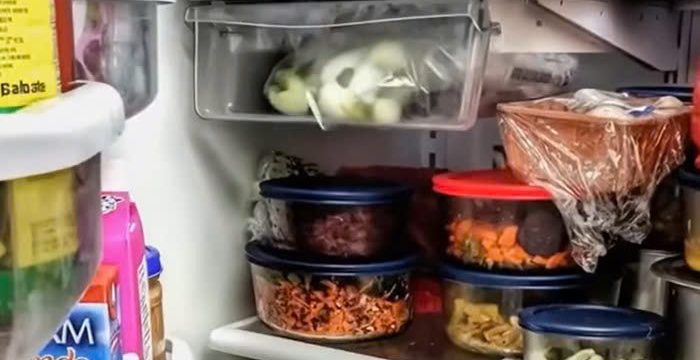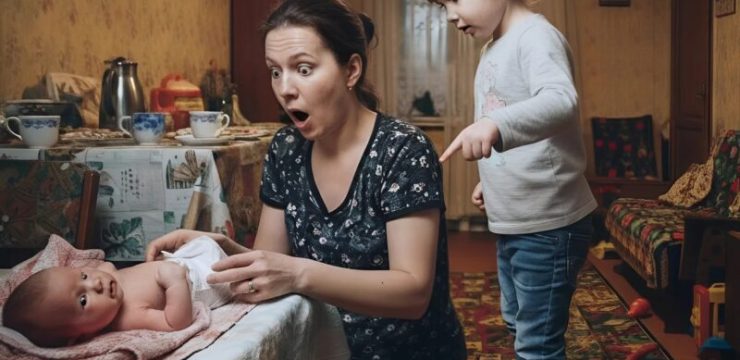While The Brady Bunch originally aired between 1969 and 1974 with only modest ratings, it later blossomed into a beloved cultural icon thanks to its success in syndication, capturing the hearts of generations and leading to spin-offs, films, and specials. On the surface, it presented a squeaky-clean image of a perfectly blended family living in suburban harmony, but the reality behind the scenes was far more complicated.

The cast, especially the younger members who played the Brady kids, experienced an entirely different world filled with mischief, off-screen relationships, and emotional challenges that added depth to the show’s legacy. For the young actors, the studio felt more like an exciting playground than a typical work environment. Barry Williams, who played Greg, and Christopher Knight, who played Peter, recalled sneaking onto other Paramount sets like Bonanza and climbing scaffolding just for fun. Their on-set adventures helped them build close friendships and offered a much-needed sense of normalcy amid the pressures of being child stars.
These spontaneous escapades also fostered a bond among the cast that translated into the genuine chemistry viewers loved watching on screen. Yet while they were supposed to play siblings, romantic sparks often flew between cast members in real life. Barry Williams once confessed that nearly all the young actors “hooked up” at some point during the series. He himself dated Maureen McCormick, who portrayed Marcia Brady, mirroring the flirtations between Greg and Marcia that sometimes surfaced on the show. Christopher Knight and Eve Plumb, who played Peter and Jan, also dated, which added another dimension to their on-screen interactions.
Meanwhile, Mike Lookinland (Bobby) and Susan Olsen (Cindy) staged a childhood “mock wedding,” a playful memory that continues to entertain fans today. Though these relationships were innocent and rooted in adolescence, they contributed to the depth of their characters and brought a unique realism to the show’s dynamic. Still, the cheerful exterior of The Brady Bunch masked some serious personal battles. Maureen McCormick struggled with anxiety, depression, and bulimia, issues that only worsened after the show ended. Her attempts to transition into adult stardom were hindered by a growing addiction to cocaine, which ultimately cost her significant career opportunities, including a potential role in Raiders of the Lost Ark.
In her 2008 memoir Here’s The Story: Surviving Marcia Brady and Finding My True Voice, she opens up about the darkness behind her public image and her path to recovery. Her story highlights the darker side of fame, particularly for young actors trying to navigate life under the weight of public expectations. Meanwhile, on-screen moments that delighted audiences sometimes posed unexpected challenges for the cast. One standout incident occurred in the season four episode “Pass the Tabu,” where Christopher Knight had to perform with a real tarantula crawling across his body. Producers assured him it was harmless, but failed to mention there were no protections to prevent it from biting. His fear in that scene was entirely genuine, turning the moment into both a fan favorite and a haunting memory for Knight. It’s one of many examples that illustrate how the cheerful tone of the series often belied the discomfort or even fear that the young cast occasionally experienced while filming. Despite the hurdles and personal trials, The Brady Bunch remains a treasured part of television history. Its enduring appeal goes beyond catchy theme music or idealized portrayals of suburban life. What keeps viewers coming back is the contrast between the on-screen perfection and the real-life challenges faced by its cast—stories of camaraderie, young love, inner turmoil, and resilience that resonate with fans who grew up alongside them. Decades later, the show still symbolizes comfort, nostalgia, and the fascinating truth that even TV’s most perfect families have struggles that mirror real life in surprising and relatable ways.





